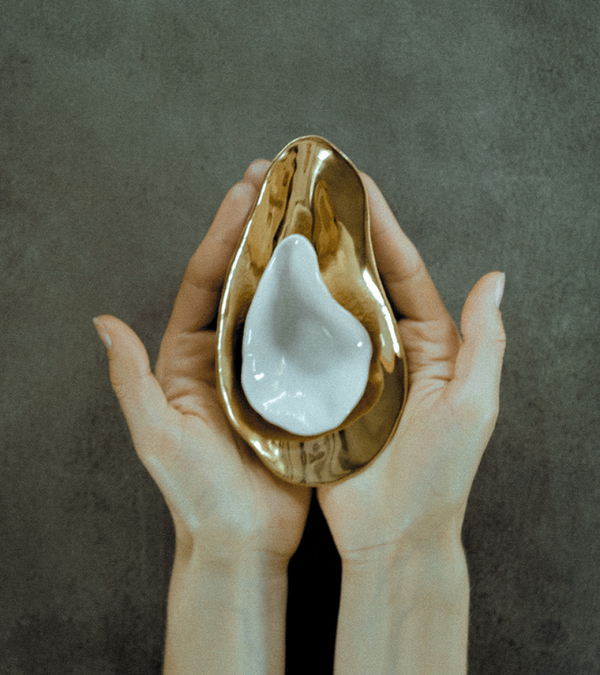Another big step their farm took towards a more regenerative future was stopping with the plowing. This touches up on a very sensitive topic for a farmer. Farmers plow to suppress weeds. But there is no such thing as the turning of soil in nature. At the Klompe farm, they substitute plowing with shallow tillage, only touching the top 10 centimetres.
“With conventional plowing you go down about 40 centimetres and flip the deep soil on top. The very fertile first 10 centimetres with all your soil biology in it is turned around and it comes deep below the surface, where it’s less moist, there’s almost no air (because of the soil density problem), and there’s no organic matter there. So that’s killing your soil biology.”
Just by cutting out the plowing, adding cover crops, and experimenting with biofertilizers, the Klompe’s already saw big differences in their farm management. Seeing there was so little knowledge about regenerative agriculture, they came up with the idea to amplify the need for change and started a foundation.
Soil Heroes is mainly about knowledge sharing, and applying that on their showcase farm as an example for North-West Europe, where they follow the guidelines of regenerative agriculture in practice.
“The transition to regenerative asks a lot of investment from farmers, especially the first years, because you’re not setting your production, your yield, at number one. You’re setting your soil health as a first priority. So that means having temporarily less economic revenue and more investments.
So the transition requires more cost at the start, but on the long term it will be better and save money. And it will prevent you as a farmer to have low yields 10 years from now because of soil exhaustion.
We can’t hold up with the current system. So if you start to invest in regenerative now, you know that in 10 years your crops will at least be on the same level as they are now. We already have ridiculous yields compared to the rest of Europe, so if we manage to stay on the same level, I’m already very very happy. We must be reasonable.”











